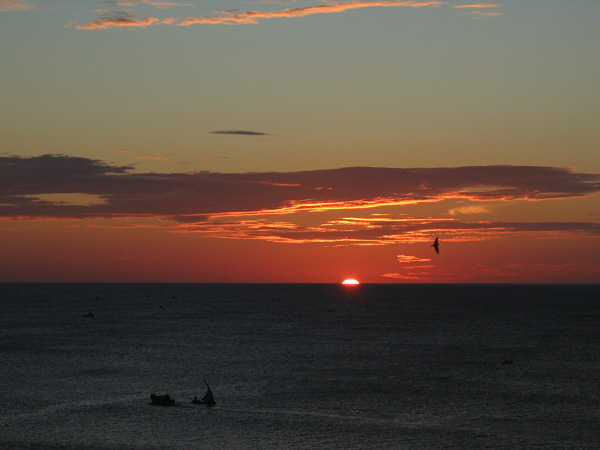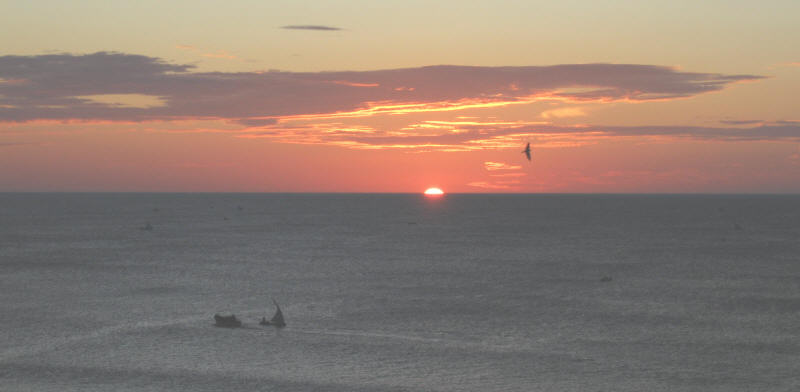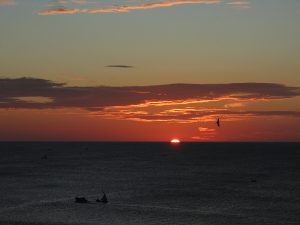
(c) Stephen Craven
I didn’t get round to blogging about a hymn on 21 December for the good reason that I was working during the day, and out most of the evening carol singing around the streets with neighbours (OK, and in the pub for a couple of drinks to warm up afterwards).
The hymn I picked for the 21st, when the Advent antiphon was ‘O Oriens’, is the appropriately titled ‘People look east’. There is a well known hymn of that name, and that’s what I thought I had picked, but this is a total re-write of it by Martin Leckebusch to the same tune.
The phrase “People look east” is intended to suggest that as we look to the east awaiting the new light of dawn, so we look that way (which is also nominally the direction of Jerusalem as seen from Europe) as we wait for Christ to appear. The image above (not the first time I have used it this year) is a photo I took in southern India, where every day the dawn is celebrated in prayer by Christian, Muslim and Hindu alike.
Unlike the hymns and readings of the earlier part of Advent that seem to focus on our own sinfulness and the judgement that awaits the unrepentant, this one celebrates the good things we can expect when Christ returns. The first is enlightenment: ‘see a brighter day is dawning, rich with the visions long foretold’. The second is God’s welcome: ‘comfort enough for all our sorrows, justice shaping new tomorrows’, in which we are ‘freed to praise and serve the Lord’.
The third verse speaks of how the coming dawn will put dark fears to flight and clear the clouds of gloom. That is reminiscent of words from ‘Let all mortal flesh keep silence’, another great Advent hymn (not in the Sing Praise book). In one translation this is ‘As the light of light descendeth from the realms of endless day, that the powers of hell may vanish as the darkness clears away’.
In contrast to this vision of the triumphant Lord of Creation descending from heaven to execute justice on earth, the last verse focuses on the humanity of Jesus: ‘Born of our race, a child so small, hail the promised Lord of all! Nailed to a cross for our salvation’. Yet the last line takes us back to the future: ‘See, he comes in power to reign!’

